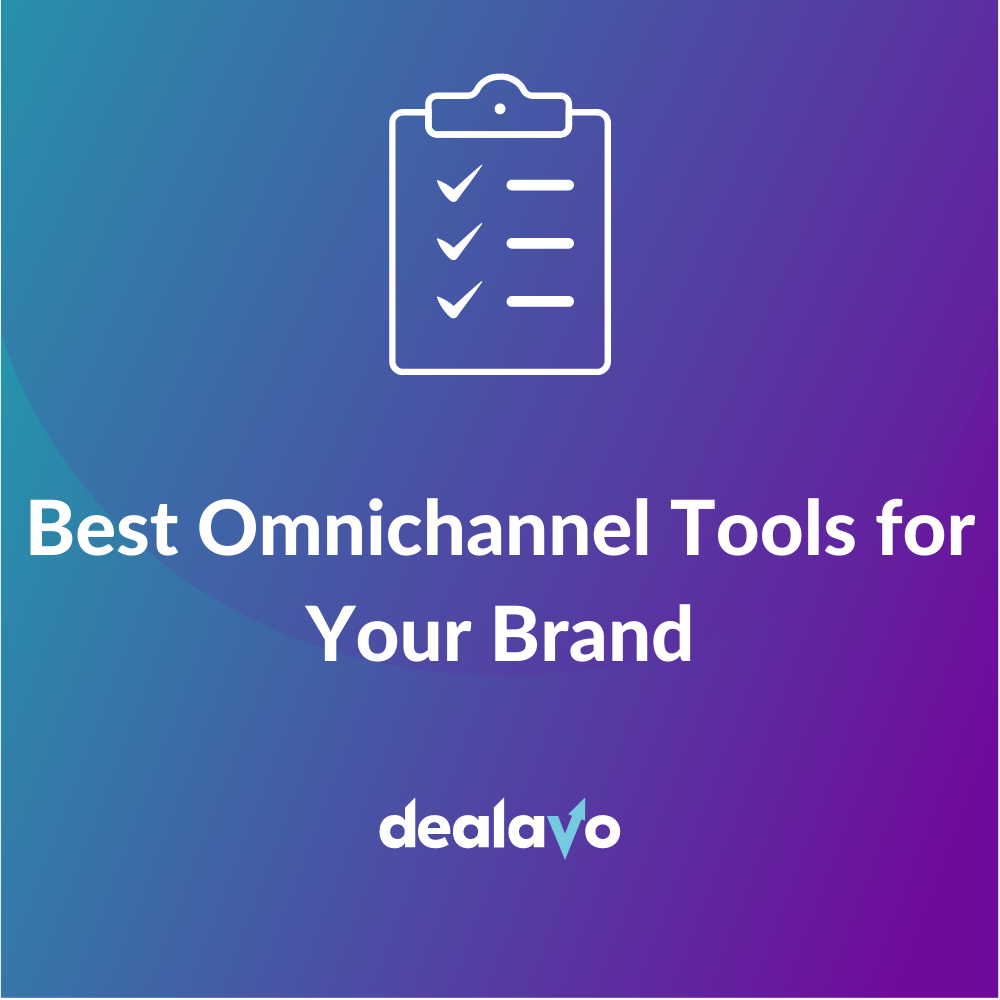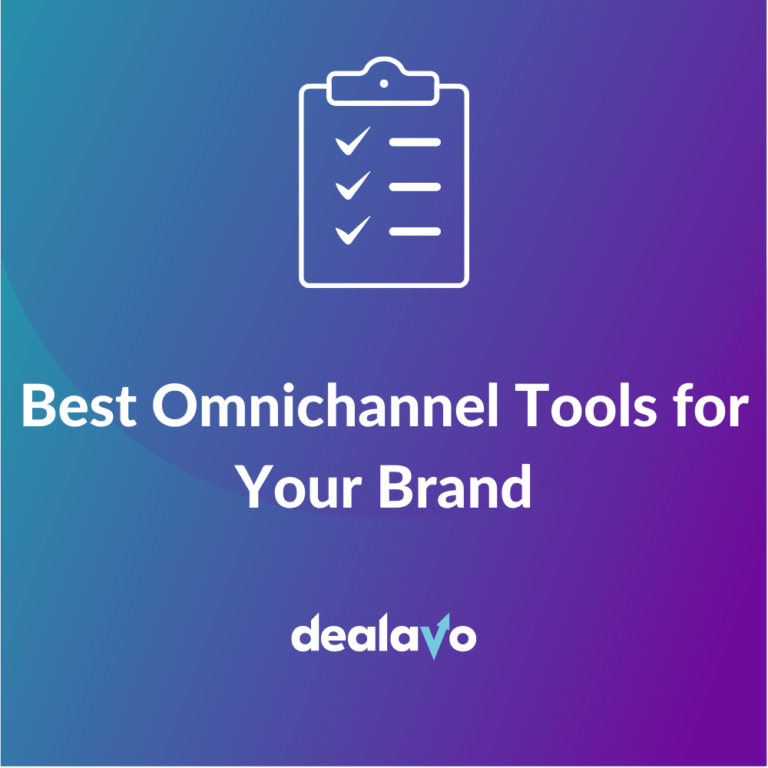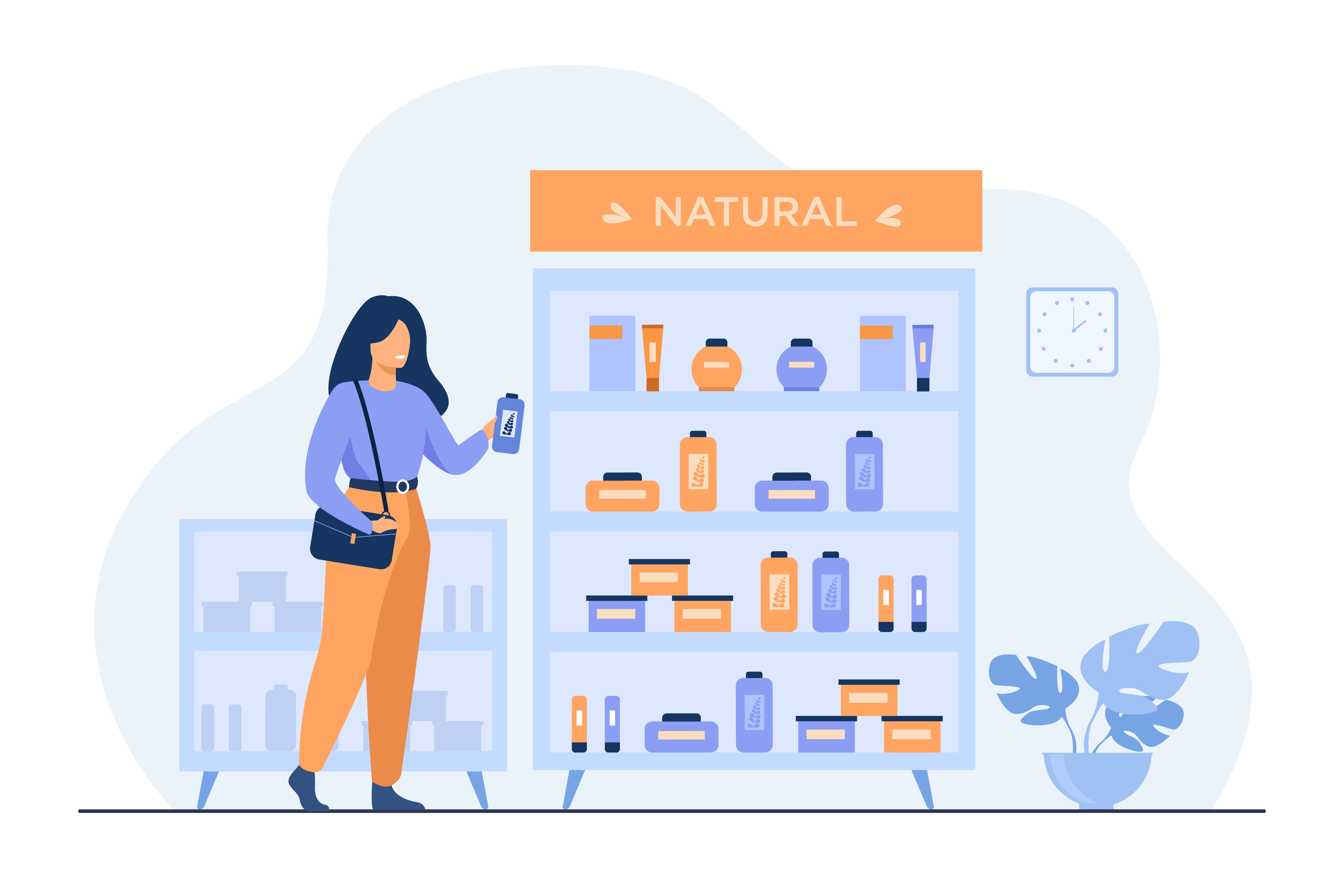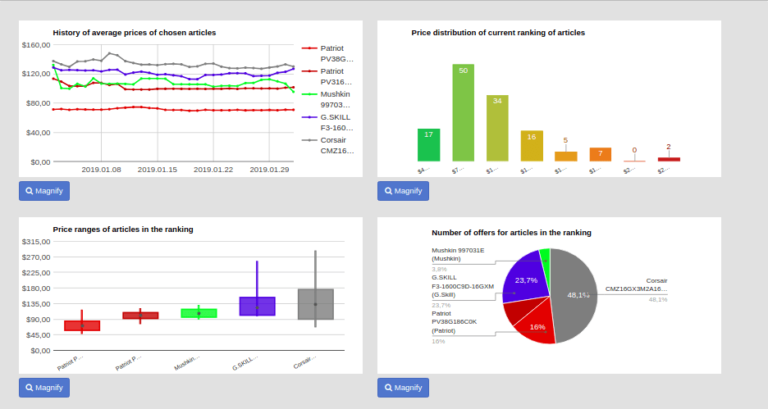Gain an Edge Over Your Competition With These Tips For Optimizing B2B, B2C, and D2C Sales
- 21 June 2023
Sales are the backbone of every company, regardless of the sector or business profile. However, selling B2B and B2C products can be very different. You need to take the specificity of your product, your target audience, and the sales process into account. In this post, we want to show you how to make the most of your sales, whether it’s in B2B or B2C (and D2C).
In theory, everything is cut and dried, B2B is all about selling to other companies, and B2C is about selling to consumers (here, we also have a closely related model known as D2C – direct to customer). But understanding the major differences between business and consumer sales can help you optimize your process. So, let’s start there.
The differences between B2B and B2C sales
There are five major questions to consider here, and we showcase them in this table:
B2C selling
- One decision-maker
- One main problem/need
- Spontaneous decision
- Pricing is very important
- Less expertise needed
B2B selling
- Multiple decision-makers
- Many problems/needs within one main one
- Time-consuming process
- Pricing plays a less important role
- Expertise is important
Of course, there can be some differences, but this is how it works most of the time.
THE DECISION-MAKING PROCESS
In B2C and D2C, you usually have one decision-maker – a customer. Of course, sometimes, there can be more decision-makers, especially when dealing with an expensive product, but usually, consumers make buying decisions on their own.
In the B2B, though, that’s a different story. Frequently several people need to approve a specific purchase. For instance, when it comes to pricing software, a marketing manager, a CMO, and a CFO need to agree before they place an order. Oftentimes, this makes the process complex and time-consuming. In many instances, the purchasing process in B2B can stretch for weeks or months!
A PROBLEM/NEED
In B2C and D2C, we usually have one major problem or need that must be addressed. For example, if a customer buys a frozen pizza, that’s probably because they didn’t have time to make proper dinner, and they are looking for a plan B.
In B2B, there can be many problems to solve. Let’s go back to our pricing software example. An online store may want to use such software in order to see if their prices are attractive to potential customers, to identify major competitors, and to increase the company’s profit. Even a seemingly straightforward problem can have several different aspects that need to be addressed.
PRICING
In B2C and D2C, pricing is crucial. Customers will compare different options, especially when looking for an expensive product. Especially now, in these difficult market conditions, the price of the product can contribute to your success or failure.
In B2B, pricing is also very important, but companies can treat the price of the service as an operational cost that lowers the tax the company has to pay. So, the first thing companies usually think about is whether the product/service offers everything they need.
EXPERTISE
In B2C, expertise is not so important. When was the last time you asked a shoemaker or a florist how long they’ve been doing their job? Probably never, right? Consumers just assume that if a business is running, it must be well-equipped to solve their problem (especially if the given business has a lot of positive reviews).
In B2B, experience is everything. A company wants to be sure they’re doing business with a professional business partner that will be able to deliver the expected result.
Take these elements into account, and you will be able to tailor your sales strategy to your product as well as the target audience. Let’s talk a bit more about that.
How to optimize the B2B sales process
MARKETING AND SALES MUST WORK TOGETHER
In B2B, everything your company does marketing-wise should be optimized towards getting more customers. Both teams should have access to the same tools, whether it’s a CRM platform or a customer service platform.
Marketers should carefully track every lead and know where it came from (of course, you need to share this knowledge with your salespeople). Make sure both teams in your company work as closely as possible and that they have one unified strategy with one common goal – getting (and retaining) as many clients as possible.
LEAD GENERATION
The lead generation part is essential. In B2B, it can be difficult to reach the right person within the company (sending an offer to an “office@” email is rarely effective). Usually, it’s better to reach these people directly (e.g., via social media, Facebook, Twitter, and LinkedIn). You can use several lead generation tools to streamline your efforts. LinkedIn Ads are also worth considering (although you must be prepared for a significant investment).
For example, Hunter will help you find the right email address, Mailchimp will help you make the most of email marketing, and Hubspot will allow you to keep all of your marketing and sales info in one place.
OPTIMIZE THE CLIENT JOURNEY
Getting a lead can be tricky, but that’s just one stage of the sales process. You need to nurture your leads and ensure they are managed correctly. That’s why it’s so important to analyze the sales process in your company and map it using the so-called client journey map.
Such a map should comprise all the crucial stages, touchpoints, and communication channels your company uses to get (and stay) in touch with the clients. Here’s a good example of what such a map should include:

Source: https://www.touchpoint.com/blog/b2b-customer-journey-map/
Once you have your process mapped, analyze each step. What can be done to streamline it? Can you offer a more client-focusing approach or solution? Can you eliminate some elements that make the whole thing more complicated but don’t really help? Do the same with touchpoints (moments of interaction) and communication channels. Even in B2B, the more straightforward the process, the better.
You can use many different tools to map a client journey in your company, e.g., UXPressia or Lucidchart.
How to optimize the B2C (and D2C) sales process
Here, things are a bit easier, especially if your customers have a specific pain point that needs to be addressed. What can you do to get more customers?
PERFORMANCE MARKETING
This strategy is very effective, primarily because it’s focused on what you need – sales. Performance marketing comprises especially PPC (pay-per-click) techniques such as Google Ads and Facebook Ads. With these two channels, you can reach the vast majority of your potential customers. Google Ads work brilliantly if you want to reach people looking for your products/services online, and Facebook Ads will help you with reaching people of specific characteristics (e.g., skiers or frequent travelers).
TWEAK YOUR WEBSITE
This problem is typical for small business owners. You will struggle to get more business if your website is outdated and not tailored toward measuring conversions. Find an agency or a consultant experienced in driving sales and ask them what can be done to improve your website. Sometimes, the problem lies in the technological solutions you use, sometimes in the UX part, and sometimes in your website’s copy.
In general, your website should be customer-focused, exhaustive, and intuitive to use. Add additional elements that can help you win your customers over, e.g., testimonials, reviews, and accurate service descriptions.
REFERRALS
Your current customers are always the best source of new leads. Ask them for referrals! You can do so in person, via email, or social media. You can offer additional incentives, e.g., discounts for every successful referral. This way, you can get many new customers who otherwise wouldn’t hear about you.
ONLINE PRESENCE
In B2C, visibility is essential. Of course, this is what you’re using performance marketing for, but activity on social media and other techniques, such as SEO, can also help you get many more customers. Think about where your potential customers are, and make sure you’re there with your website. For instance, visibility on Google Maps is absolutely indispensable if you’re running a small local service point.
What about pricing? This is where Dealavo steps in
Pricing is very important both in B2C and B2B. We can provide you with everything you need to tweak prices in your online store/business. We especially want to turn your attention to two of our tools:
PRICE TRACKING
This feature allows you to get both granular and aggregated data about your competitors’ prices, promotions, and out-of-stocks to utilize them for your benefit. Thanks to price tracking, you can make more informed decisions about your offer and prices.
Stay ahead of your competition with Dealavo!
DYNAMIC PRICING
It’s an advanced, AI-powered service that monitors prices in other stores and adjusts them accordingly with no involvement on your side. All you have to do is set pre-defined rules that you want the algorithm to follow (so that it doesn’t lower the price below a certain threshold). Dynamic pricing is perfect for big online retailers who sell hundreds of products and want to maintain optimal prices all year round.
Read more about this selling technique here: The Complete Guide to Dynamic Pricing.
START WITH A FREE DEMO
You can see how Dealavo works in real-life conditions for free. We want you to make an informed decision, and that’s why we invite you to schedule a free demo of our tool.




